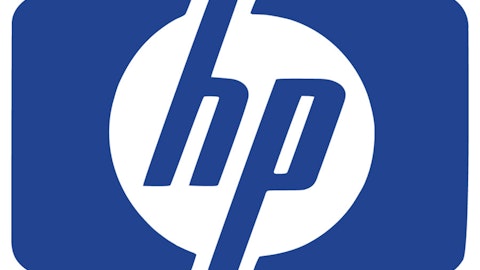 Income investors have two equally important objectives when it comes to investing — obtaining high amounts of income and limiting risk.
Income investors have two equally important objectives when it comes to investing — obtaining high amounts of income and limiting risk.
Many survivors of the 2008 bear market learned this the hard way. They found out that they must either balance the two, or face heavy losses.
Case in point: Many investors jumped at abnormally high yields in financial stocks like Citigroup Inc (NYSE:C) when its yield jumped above 10% shortly before the company eliminated its dividend. And investors looking for a bargain in General Electric Company (NYSE:GE) endured a dividend cut of almost 70%.
Remember, these are companies that were once widely assumed to be among the safest in the world, yet they eliminated their dividend practically overnight.

To be fair, these were also extraordinary circumstances that happened during a financial crisis. But long-time income investors still follow a general rule of thumb — “The higher the yield, the riskier the stock.”
Today, I’m making an exception to this rule. As I mentioned to you a few weeks ago, there is a way to invest in stocks with great yields, but without all the added risk that comes from dividend cuts.
Let me explain.
As you’ve probably heard in the past, high yields are often a sign that a company is in trouble. And determining whether a high dividend payout is sustainable can be challenging and usually requires a detailed analysis of the company’s financial statements.
Wall Street firms employ analysts to do this task but their research isn’t widely available. Usually only large customers — institutional investors, hedge funds and high net worth individuals — have access to this research, which gives those investors a chance to sell ahead of dividend cuts.
But while you, the individual investor, can’t always get Wall Street firms to share their research, you can follow what the largest investors are doing by observing the price action of individual stocks.
When hedge funds and other large investors are buying, we should see the stock outperform the market. This can be measured with an indicator known as relative strength (RS).
Relative strength quantifies how any individual stock is performing compared to all of the other stocks in the market. The actions of large investors can be seen in RS. When they are buying, the stock price should be rising, and when they are selling, we will usually see the stock price lag the broader market. RS summarizes this buying and selling pressure in a single indicator.
Using RS to buy market leaders and avoid laggards is one of the best ways I know of to beat the market.
It’s such a powerful indicator, it could have told you exactly when to buy and sell Apple Inc. (NASDAQ:AAPL), for example. The RS indicator would have recommended buying Apple at a price of $460 per share in February 2012, when its RS was showing above 70 (I recommend stocks with an RS over 70, which means they are outperforming 70% of the market). After the purchase, we would then hold onto our shares until RS fell below 70 — the point when Apple had become a laggard among larger investors — when Apple’s share price reached $650.

If we sold at the $650 share price, we would have pocketed a tidy 41% return in just eight months. That would be well before the stock plummeted 31% to where it is today, languishing back around $450 per share.
In other words, the RS indicator shows investors an ideal time to buy a stock, pocket gains — plus any dividend income — and sell long before they lose their shirts.
Unfortunately, there is never a free lunch on Wall Street — using RS alone is only half of the work.
While high RS stocks can provide higher-than-average gains, some come with a great deal of risk. For example, these could be the kind of stocks that suffer large declines when the company misses earnings estimates by a penny.





